Introduction
Old Frontenac was home to a well-heeled resort—the “Newport of the North”—attracting folks from across the US. It is now a well-preserved Civil War-era community undisturbed by modern roads.
Visitor Information
Your best bet to learn about the local scene is to stop in to the Whistle Stop Restaurant (33683 Highway 61 North; 651.345.5800).
History
The first European to live in the area was Rene Boucher, who set up a log stockade called Fort Beauharnois in 1726. He brought two Jesuit missionaries with him, Michel Guignas and Nicholas de Gonner, who established the Mission of St. Michaels the Archangel, possibly the first church in Minnesota. They abandoned the fort by 1763 when the French were forced to cede their North American lands to Great Britain. James “Bully” Wells was the next person to establish a significant presence. He ran a trading post that was established by 1840. After the Treaty of Mendota opened the Minnesota Territory, more settlers moved in. Everet Westervelt bought Wells’ claim around 1854 and built the first store in the area; at that time it was known as Western Landing.
Brigadier General Israel Garrard and his brother, Lewis, visited the area on a hunting trip in 1854 and were so enchanted they vowed to return. In 1857, Israel bought 4,000 acres from Jean Baptiste Faribault and divided it into quarter shares: one for each of three Garrard brothers and one for Westervelt, reserving 320 acres for a town site they called Westervelt. Israel Garrard bought out Westervelt in 1859 and renamed the village Frontenac in honor of Louis de Buade de Frontenac, a governor general of New France who commissioned several explorations of the Mississippi Valley.
Garrard built a home he called St. Hubert’s lodge (in honor of the patron saint of hunters) and the village attracted a few settlers, many of whom were from Cincinnati where they had previously worked for Garrard. While the village of Frontenac attracted some industry, its main claim to fame was the resort on a point of land at the northeast end of town. Garrard converted a warehouse into the Lakeside Hotel; turned a general store into a hall with a theater, billiards, and tavern; and built nine cottages for summer resort guests. For seventy years, Frontenac was a favored summer vacation spot for the genteel on holiday.
After the resort waned in popularity, Methodists bought the former Lakseside Hotel and ran it as a retreat center for decades. Many of the buildings later fell into decline until a gradual effort to restore them began in 1987, largely through the efforts of Bill and Linda Flies. What makes Frontenac unique today is not so much the number of Civil War-era buildings but that an entire community from that period is essentially intact and undisturbed by modern development. The former resort buildings are being restored but are now private residences.
Exploring the Area
Christ Episcopal Church (County 2 Blvd.; 612.345.3531) was completed in 1869 as the resort area was coming into prominence; the logs used to build it were floated down the St. Croix and Mississippi Rivers. Other than the addition of a few electric lights and forced air heat, the church is just as it appeared when built.
Parks Along the Mississippi River
Frontenac State Park (County Road 2; 651.345.3401; vehicle permit required) has plentiful hiking and picnicking, much of it with great blufftop views of Lake Pepin. The park has sections of bottomland hardwood forest that are popular with birders.
Florence Township Beach is by the boat ramp at the end of Garrard Street.
**Old Frontenac is covered in Road Tripping Along the Great River Road, Vol. 1. Click the link above for more. Disclosure: This website may be compensated for linking to other sites or for sales of products we link to.
Where to Sleep
Camping
The main campground at Frontenac State Park (County Road 2; 651.345.3401; vehicle permit required + camping fee) is in a heavily wooded area and the sites are nicely spaced apart. There are also six primitive, cart-in sites that are a quarter-mile walk from the parking lot.
Where to Go Next
Heading upriver? Check out Frontenac Station.
Heading downriver? Check out Lake City.
Community-supported writing
If you like the content at the Mississippi Valley Traveler, please consider showing your support by making a one-time contribution or by subscribing through Patreon. Book sales don’t fully cover my costs, and I don’t have deep corporate pockets bankrolling my work. I’m a freelance writer bringing you stories about life along the Mississippi River. I need your help to keep this going. Every dollar you contribute makes it possible for me to continue sharing stories about America’s Greatest River!
©Dean Klinkenberg, 2024, 2021, 2018,2013,2011
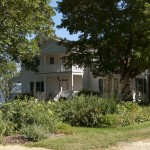

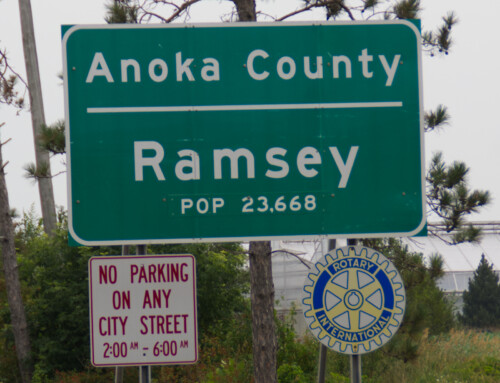
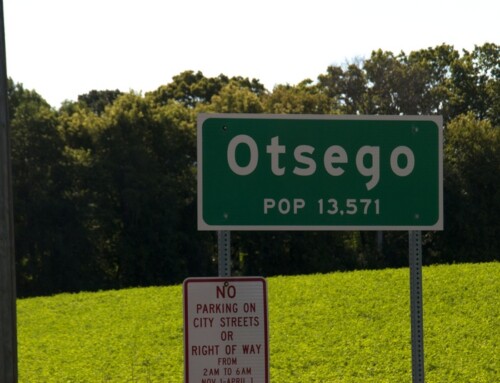
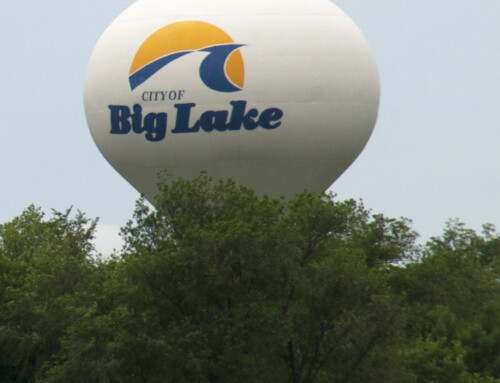
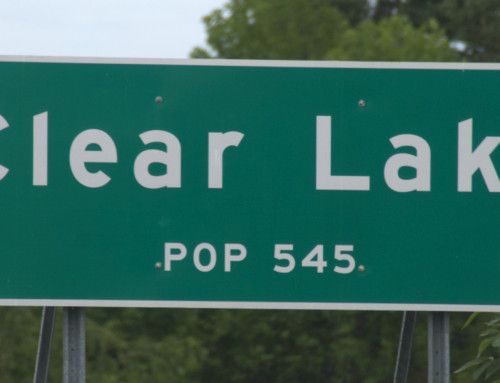

Hi, George.
I’m not an expert about that, but based just on the geography of the area, it makes sense to me that the first fort would have been built about where the resort buildings stand today. It would have been easy to reach from the water.
There’s a marker near the former Usuline Convent that indicates where the second fort was probably located. I’m not familiar with the research that went into determining that, but it also makes some sense.
What do you think? Do you have your own thoughts about where the forts were probably located?
Dean
What is your best guess as to the location of either the 1st ft beauharnois or the second?
[…] charged up the batteries to our genZe e-bikes so that we could visit the town of Old Frontenac. Getting there wouldn’t require much effort but it’s the horrendously long uphill return that […]